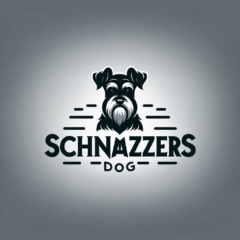Use English language, and raw data:
The Big Schnauzer, with its striking black and tan coat and powerful build, is a breed that commands attention. But beneath the imposing exterior lies a loyal, intelligent, and playful companion that has captured the hearts of dog lovers worldwide. This article will delve into the history, temperament, care, and health of this captivating breed, shedding light on why the Big Schnauzer is more than just a handsome dog – it’s a true friend.
The Enduring Legacy: A Comprehensive Look at the Big Schnauzer
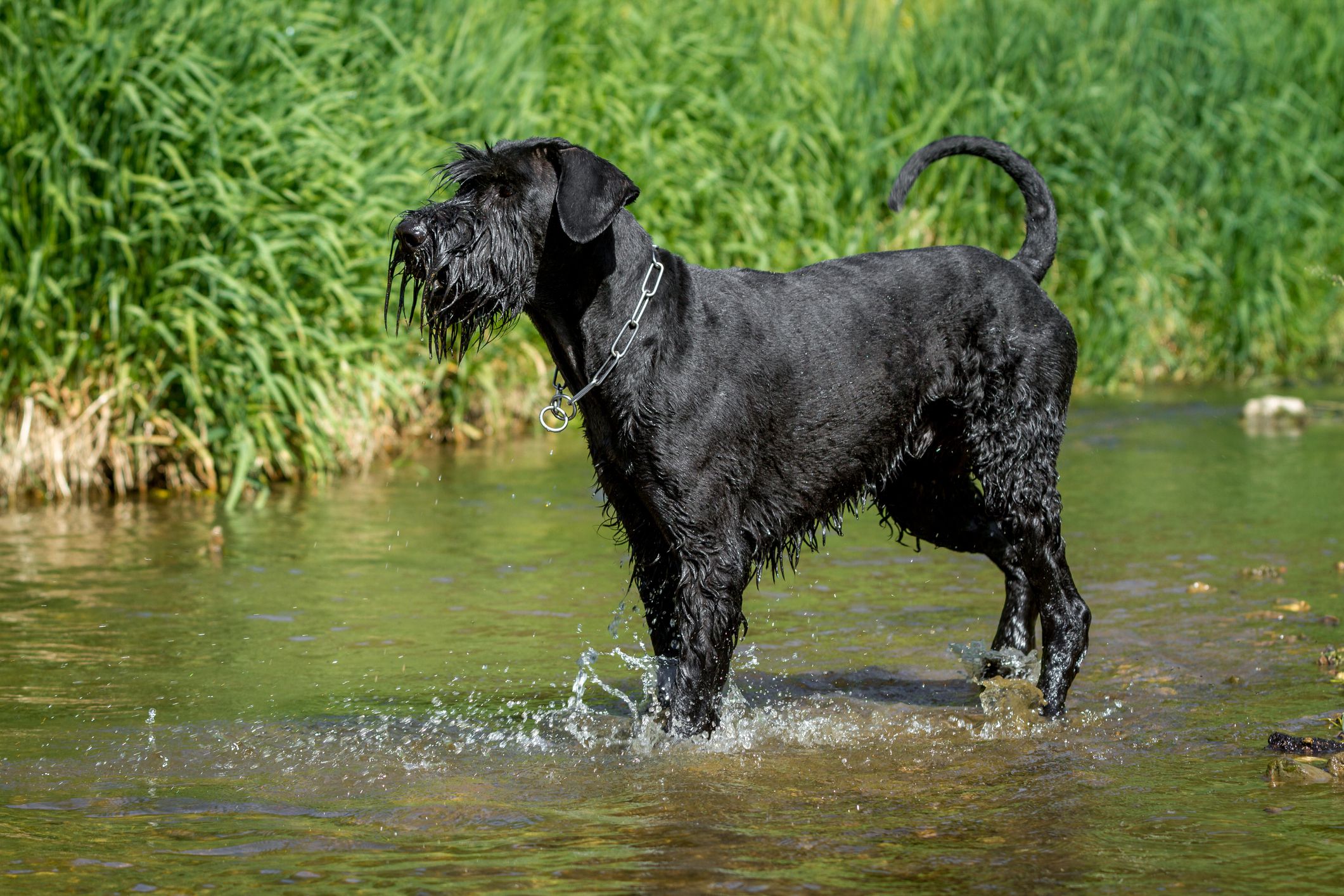
The Big Schnauzer, with its imposing stature and distinctive wiry coat, holds a rich history woven into the very fabric of German working dogs. This breed’s journey takes us from bustling livestock markets to the halls of justice, showcasing its unwavering loyalty, intelligence, and adaptability. Today, the Big Schnauzer remains a beloved companion, offering a unique blend of playful charm and unwavering protection.
From Humble Beginnings to Unyielding Companionship: Unveiling the Big Schnauzer’s Ancestry
The exact origins of the Big Schnauzer remain shrouded in a light fog of time, with estimates placing its emergence sometime between the 15th and 16th centuries in the southern regions of Germany. Early incarnations, known as the Wire-Haired Pinscher, were instrumental in controlling vermin in stables and safeguarding livestock – a testament to their inherent vigilance. As the need for more powerful working dogs emerged, breeders embarked on a meticulous process of selective breeding. The Wire-Haired Pinscher was crossed with the Standard Schnauzer, resulting in a larger and more robust offspring – the Giant Schnauzer. This impressive canine was further refined through crosses with rough-coated sheepdogs, introducing the now-iconic black and tan coloration. The term “Riesenschnauzer,” translating to “Giant Schnauzer,” eventually morphed into the more familiar “Big Schnauzer.”
Official Recognition and the Rise of a Distinguished Breed
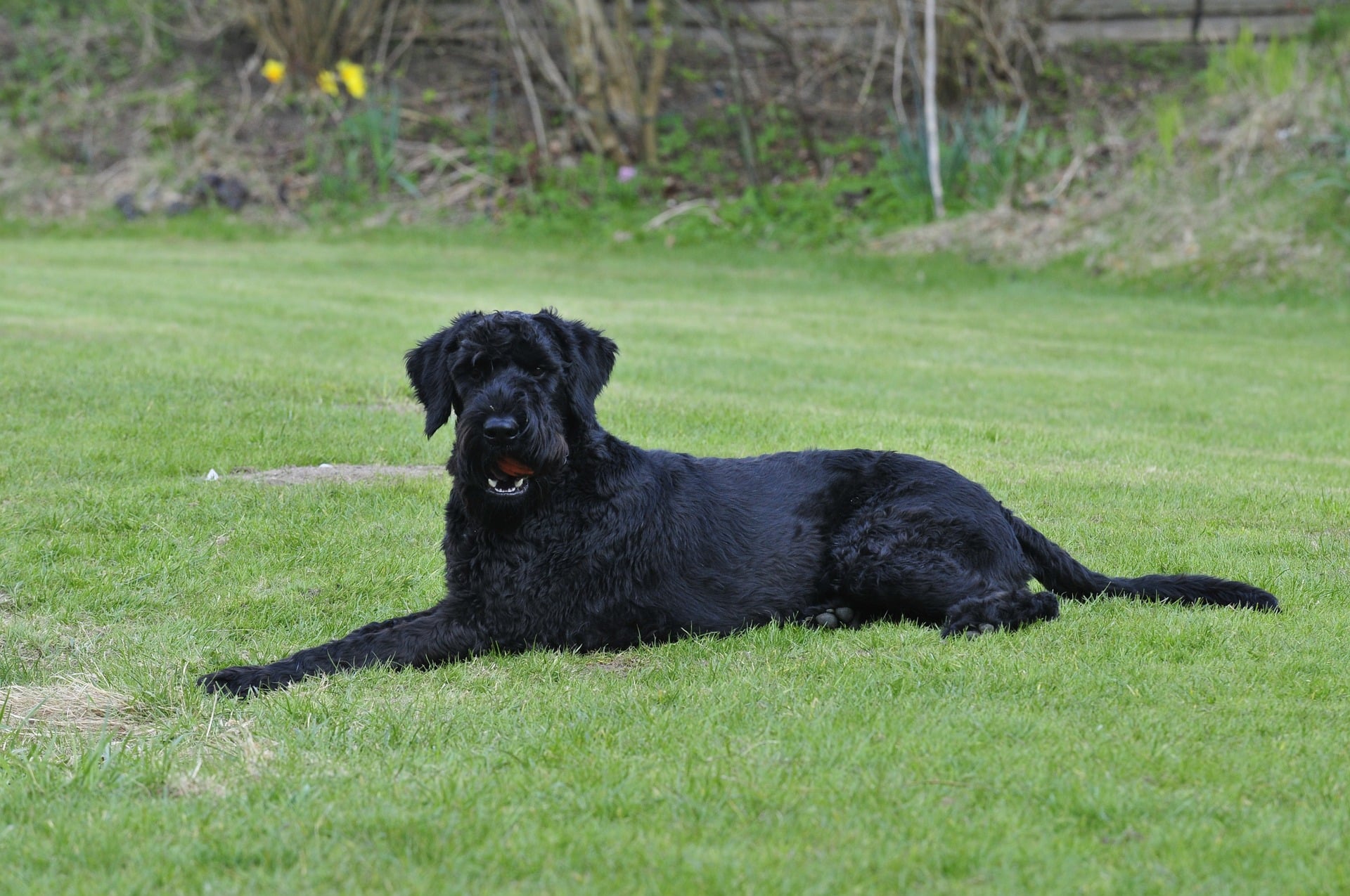
The Big Schnauzer’s journey wasn’t complete without official recognition. In 1899, the German Kennel Club formally acknowledged the breed as a distinct lineage. With its growing popularity, the first breed standard was established in 1925. The American Kennel Club (AKC) followed suit in 1930, initially registering the breed under the name “Giant Schnauzer.” It wasn’t until 1972 that the AKC adopted the current moniker, “Big Schnauzer.”
A Majestic Presence: Unveiling the Big Schnauzer’s Physical Attributes and Temperament
The Big Schnauzer commands attention with its impressive size. Towering at 23-28 inches tall and weighing between 60-85 pounds, it boasts a muscular build that speaks volumes about its strength and endurance. The most striking feature is undoubtedly the harsh, wiry coat, available in two captivating colors – solid black or pepper and salt (a captivating blend of black and grey hairs). Weather-resistant and requiring regular grooming to maintain its texture and prevent matting, this coat adds a touch of rugged elegance to the Big Schnauzer’s overall look.
Despite its imposing exterior, the Big Schnauzer’s heart beats with loyalty and affection. Deeply devoted to its family, it thrives on human companionship and readily assumes the role of a vigilant guardian. While naturally aloof with strangers, early socialization plays a crucial role in developing a well-rounded and approachable canine citizen.
Unlocking Potential: Training, Exercise, and Grooming the Big Schnauzer
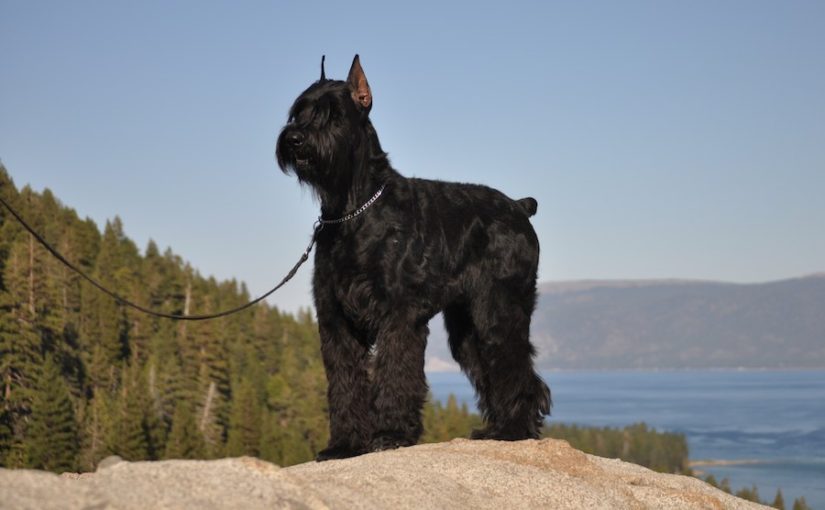
The Big Schnauzer’s intelligence is as impressive as its size. This breed excels in training, readily absorbing commands and responding well to positive reinforcement techniques. However, their inherent independence necessitates a firm but gentle approach – establishing yourself as the leader is essential to prevent stubborn streaks from surfacing. Regular training and socialization are key ingredients in shaping a well-mannered and obedient Big Schnauzer.
With boundless energy coursing through their veins, Big Schnauzers require ample exercise to remain physically and mentally stimulated. Long walks, vigorous hikes, and playful sessions of fetch in a spacious backyard are ideal avenues for releasing pent-up energy. Confined spaces, like apartments, are not suitable for this breed, as they crave room to roam and expend their energy reserves. Homes with ample backyards, access to parks, or proximity to hiking trails are ideal settings for a thriving Big Schnauzer.
Maintaining the Big Schnauzer’s distinctive coat requires dedication and consistency. Brushing at least twice a week removes loose hair and prevents matting. Professional grooming every 6-8 weeks is a must to ensure the signature cut and tidy appearance. Additionally, the coarse coat necessitates hand-stripping twice a year, a process best left to a professional groomer due to its time-consuming nature.
Beyond the Surface: Health Considerations and Lifespan of the Big Schnauzer
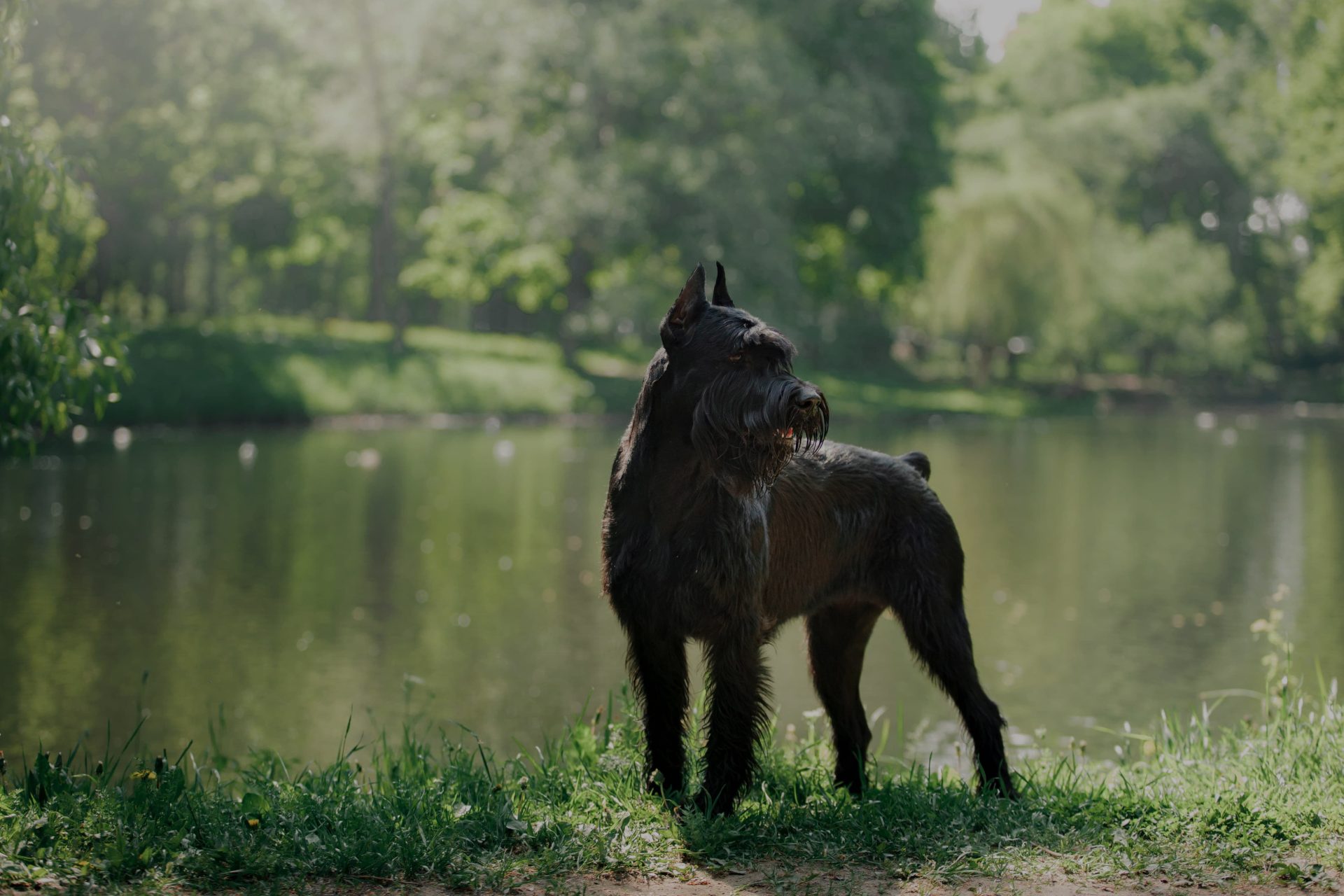
While generally a healthy breed with a lifespan of 12-15 years, Big Schnauzers are predisposed to certain health conditions. Potential owners should be aware of these to ensure proactive care.
Hip Dysplasia: This condition, where the thigh bone doesn’t fit snugly into the hip joint, can lead to pain, lameness, and arthritis. Purchasing a puppy from a reputable breeder who screens for this condition is crucial.
